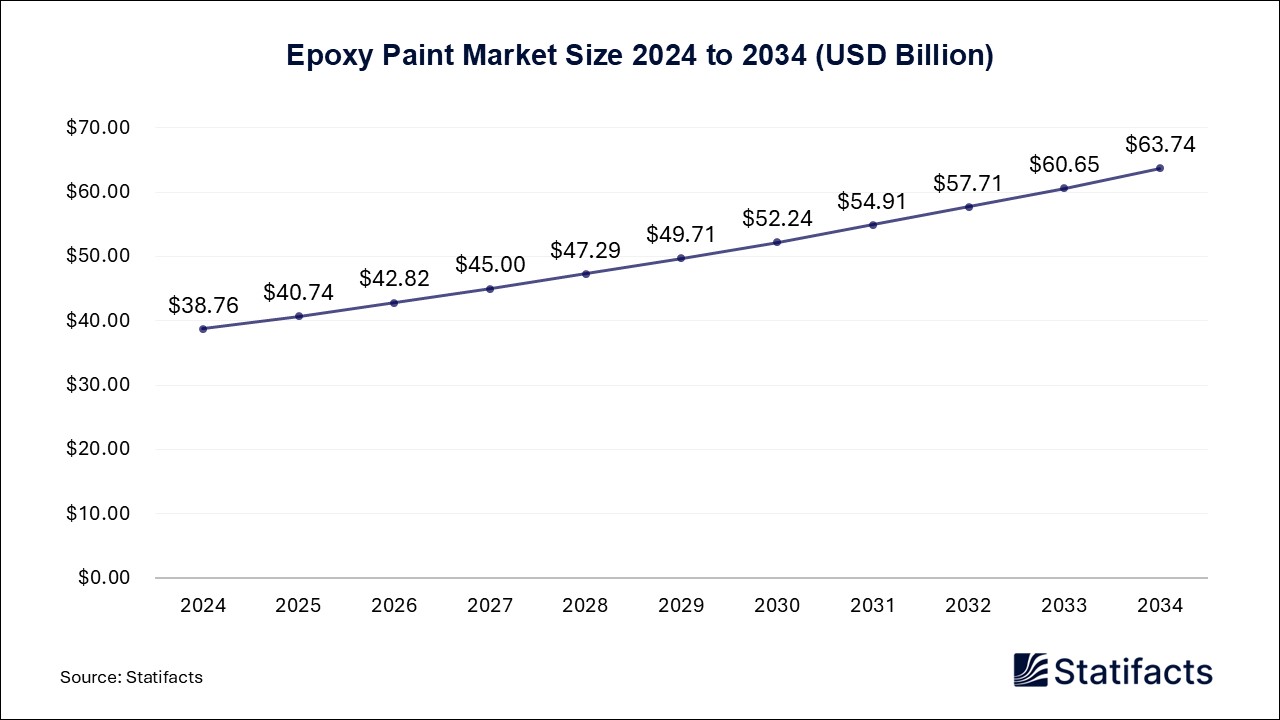

Our customers work more efficiently and benefit from
The global enteral feeding devices market size surpassed USD 4,750 million in 2024 and is predicted to reach around USD 7,720 million by 2034, registering a CAGR of 4.98% from 2025 to 2034.
| Industry Worth | Details |
| Market Size in 2024 | USD 856.83 Billion |
| Market Size in 2025 | USD 914.24 Billion |
| Market Size by 2034 | USD 1638.85 Billion |
| Market Growth Rate from 2025 to 2034 | CAGR of 6.7% |
The enteral feeding device market is experiencing high growth with the increasing incidence of chronic diseases, growing geriatric population, and surging need for sophisticated nutritional care solutions. Enteral feeding devices such as feeding tubes, pumps, and administration sets are essential for patients with the inability to receive food orally. The market is also influenced by evolving technologies that provide enhanced patient safety and ease of use. Due to growing awareness of enteral nutrition and better healthcare infrastructure, the market is likely to grow further in the next few years.
The increasing prevalence of chronic conditions like cancer, neurological disorders, and gastrointestinal illnesses is a primary growth driver of the enteral feeding device market. Most of these patients face challenges in oral intake, which necessitates enteral nutrition to ensure proper nutritional support. The increasing prevalence of lifestyle disorders, including diabetes and obesity-related comorbidities, is also driving the rising use of enteral feeding solutions.
The increasing aging population worldwide is another key driver of the demand for the dietary feeding device market. Aging people are more likely to have chronic diseases and conditions like dysphagia (swallowing difficulty), which require alternate means of feeding. The mounting population of elderly people who need long-term care in hospitals, nursing homes, and home care facilities is propelling the market for enteral feeding solutions. As the life expectancy of people increases, the need for such devices will increase consistently.
The enteral feeding device market is being driven by fast-paced technological advancements to enhance patient outcomes and user convenience. Sophisticated feeding pumps with real-time monitoring features enable accurate and controlled delivery of nutrition, minimizing complications like aspiration and malnutrition. Moreover, innovations in enteral feeding tubes, including antimicrobial coatings and clog-reducing materials, are improving patient safety and treatment efficacy. These developments are making enteral feeding devices more convenient and reliable, thereby fuelling further market growth.
Although it has advantages, enteral feeding is not without risks, such as infections, tube dislodgement, and gastrointestinal issues. Contamination during handling and administration can cause serious infections, which are a challenge to market growth. Patient compliance issues and discomfort issues related to feeding tubes can also restrict adoption, especially in-home care. Stringent regulations and the requirement of trained healthcare professionals to administer enteral feeding are also challenges to market growth.
Artificial intelligence (AI) is increasingly contributing to enhancing the enteral feeding device market. AI-based smart pumps are being designed to track nutritional consumption, alert against abnormalities, and make automatic adjustments to feeding rates to match patient requirements. These improvements mitigate human errors and promote patient safety. AI-based predictive analytics are also being employed to determine the nutritional needs of critical care patients to ensure maximal dietary care. AI is also helping in early complication detection.
The enteral feeding device market is observing strong growth in emerging markets, especially in Asia-Pacific and Latin America. Some of the reasons for the increasing demand in these markets include growing healthcare infrastructure, increasing healthcare expenditure, and a growing awareness about enteral nutrition. Government initiatives to improve medical care and nutrition for critically ill patients are also driving the market forward.
The move towards home care is bound to open up vast growth opportunities for manufacturers of enteral feeding devices. Medical advancements in personalized nutrition and medicine are creating the future of enteral nutrition. The potential to personalize nutrition programs according to a person's genetic makeup, disease status, and metabolic needs is creating an increased demand for customized enteral feeding.
Published by Sanket Gokhale , March 2025
For any questions about this dataset or to discuss customization options, please write to us at sales@statifacts.com
| Stats ID: | 8048 |
| Format: | Databook |
| Published: | March 2025 |
| Delivery: | Immediate |
| Price | US$ 1550 |


| Stats ID: | 8048 |
| Format: | Databook |
| Published: | March 2025 |
| Delivery: | Immediate |
| Price | US$ 1550 |

You will receive an email from our Business Development Manager. Please be sure to check your SPAM/JUNK folder too.

Unlock unlimited access to all exclusive market research reports, empowering your business.
Get industry insights at the most affordable plan
Stay ahead of the competition with comprehensive, actionable intelligence at your fingertips!
Learn More Download
Download

